Even with all the latest electronics on the market, some people prefer simple gadgets. The problem is that repair professionals now know how to repair the most complex and complicated digital devices but sometimes don't seem to know how to repair the simple ones. Owners of windup watches come across this problem frequently. There are competent watch repairmen who are able to properly repair a windup watch, but they must be located. An understanding of how to find a good professional watch repairman is essential to ensuring that the watch is fixed properly.
Decide whether it's worthwhile to repair the watch. Many windup watches are antiques or family heirlooms, and their owners are willing to pay whatever is necessary to repair them. However, other windup watches are inexpensive and would cost far less to replace than to fix.
Take the watch to a good watch repair shop. Find a reputable repair shop through word-of-mouth or a search. The American Watchmaker-Clockmaker Institute maintains a list of watchmakers that lists repair shops by location. (see Resources).
Check with the Better Business Bureau (see Resources) to make sure that there are no problems or complaints against the repair shop. It is also possible to check with the local chamber of commerce to inquire about a shop's reputation.
Ask for an estimate before submitting the watch for repair. Dismantling a watch and diagnosing the problem can be difficult, and some watch repairmen will charge for the service. The charge is then taken off the cost of the repair if a repair is ordered. Decide whether fixing the watch is worth the expense.
Sometimes all that the watch needs is a good cleaning and oiling. In this case, fixing the watch is generally cost-effective.
Take pictures of the watch before submitting it for a repair. Write down any serial numbers and note any markings. Photograph its face and mechanical gears (ask the watch repairman to help with this). In addition to maintaining its security while being repaired, this is a good practice in general to help with future identification in case of theft.
Related Articles
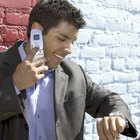
How to Fix a Broken Replica Rolex Watch
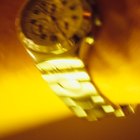
How to Fix a Self-Winding Watch
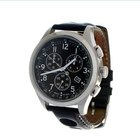
How to Fix a Fossil Watch

How to Replace the Battery in an Omega ...

How to Change the Battery in a Cartier ...

How to Tell If a Rolex Is Stolen

How Can I Change a Link in a Cartier ...

How to Replace a Fossil Watch Crystal
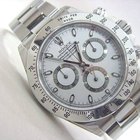
How to Spot a Fake Rolex Watch

How to Repair a Skagen Crystal

How to Replace the Battery on an ...

Patek Watch Instructions
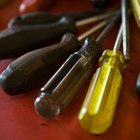
How to Date Omega Watches

Diesel Watch Instructions

How to Replace the Battery in a Movado
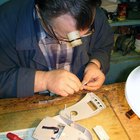
How to Change the Battery in a ...

How to Replace a Battery in a Concord ...
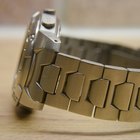
How to Clean a Titanium Watch
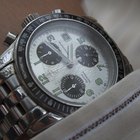
How to Remove Links on Casio Edifice

How to Spot a Replica Invicta Watch
Writer Bio
Laurie Rappeport is a writer and blogger with more than 10 years of experience. Her areas of expertise are in education, child development, travel, pets, nutrition and health for Demand Studios and a major travel website. Rappeport holds a Master of Arts degree from Wayne State University.